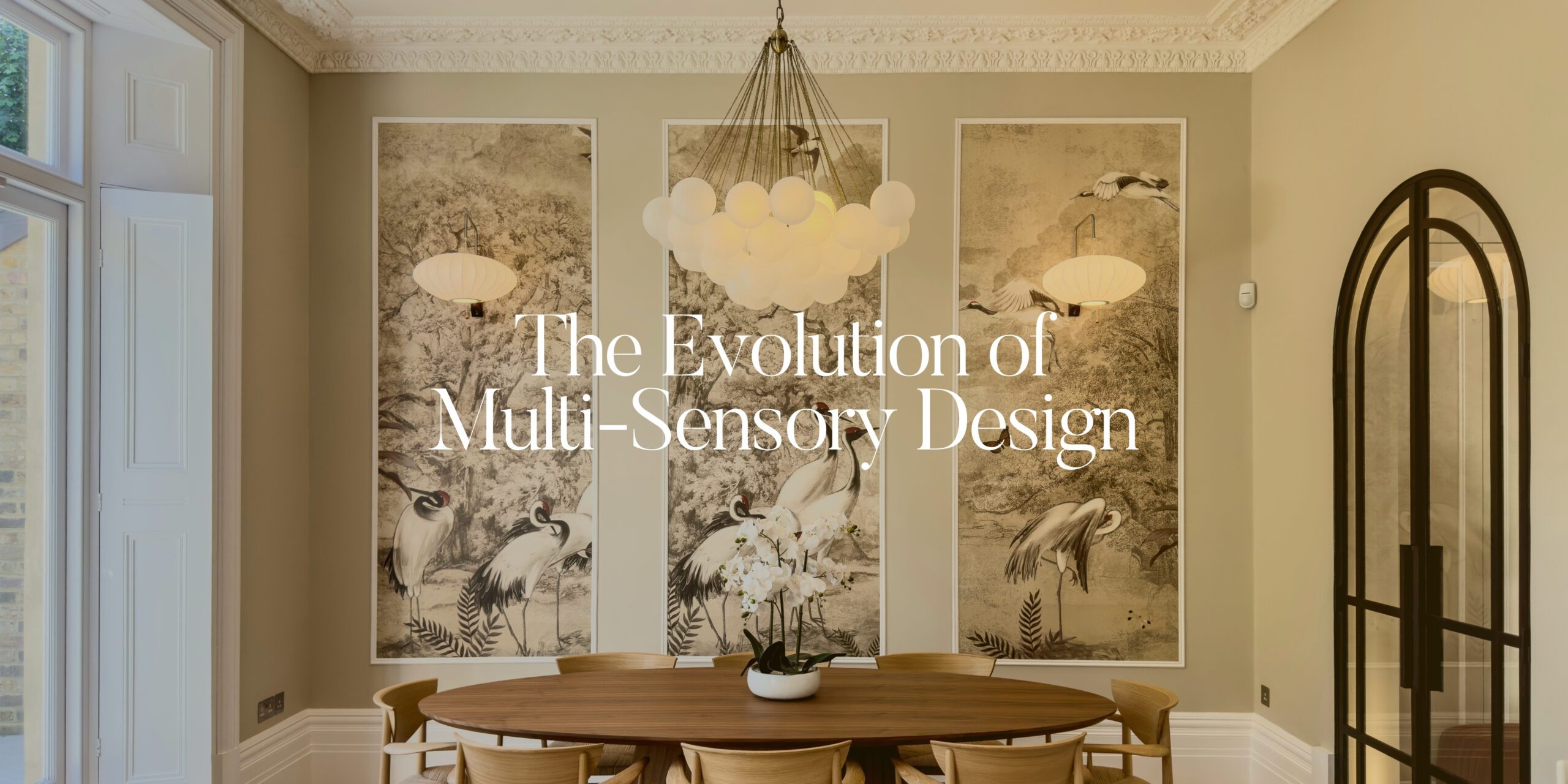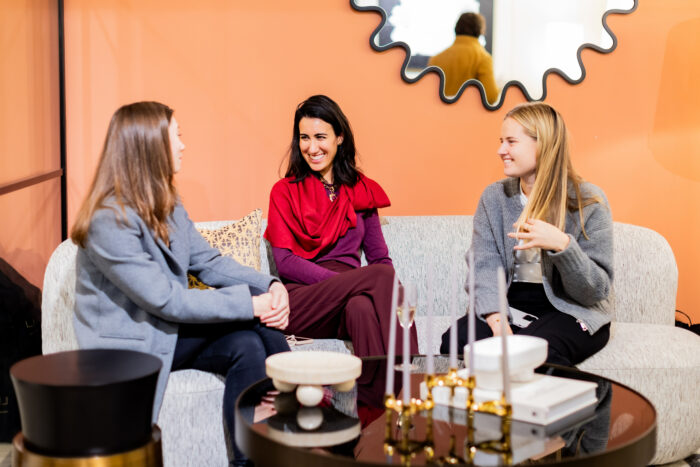
Multi-sensory design is an emerging trend that goes beyond visual aesthetics to create immersive environments that engage all five senses: sight, sound, touch, taste, and smell. This blog explores how incorporating multi-sensory elements into interior design can transform spaces into memorable, engaging experiences.
Multi-sensory design focuses on creating environments that stimulate and engage multiple senses simultaneously. This approach enhances the overall experience by addressing how people perceive and interact with their surroundings beyond just what they see.
Dynamic Lighting: Use lighting to create ambiance and mood, such as colour-changing LEDs or interactive light installations.
Use a mix of textures in furnishings, wall treatments, and flooring to provide a rich tactile experience. Examples include plush rugs, smooth glass, and rough stone.
Create surfaces that change texture with touch or temperature, offering a unique sensory experience.
Balance comfort and functionality by selecting materials that are both visually appealing and pleasant to touch.
Design pathways or areas where different textures guide users through the space, enhancing engagement through tactile exploration.

Ambient Sounds: Incorporate nature sounds, background music, or soundscapes that match the purpose of the space, such as calming ocean waves in a spa or lively tunes in a café.
Interactive Sound: Install sound elements that respond to movement or touch, like musical floors or interactive sound panels.
Noise Control: Use acoustic panels or sound-absorbing materials to manage noise levels and create a pleasant auditory environment.
Personalised Sound: Integrate personal or cultural sound elements to enhance the connection and engagement with the space.
Tasting Rooms: Incorporate tasting areas or culinary experiences within the space, such as wine-tasting rooms or interactive kitchens.
Use essential oils, scented candles, or diffusers to create a specific atmosphere. For example, lavender for relaxation or citrus for energy.
Integrate scents that change or are released based on interaction, like scent-triggering installations or scented furniture.
Ensure that scents align with the overall design and purpose of the space, providing a cohesive sensory experience.
Multi-sensory design is a powerful approach to creating immersive environments that engage all five senses, enhancing the overall experience and connection to a space. By thoughtfully incorporating visual, auditory, tactile, gustatory, and olfactory elements, you can transform interiors into dynamic, memorable environments.
Explore the world of multi-sensory design to create spaces that resonate on a deeper level and provide a richer, more engaging experience for everyone.
To discuss your projects and requirements with our team, please email trade@liangandeimil.com
